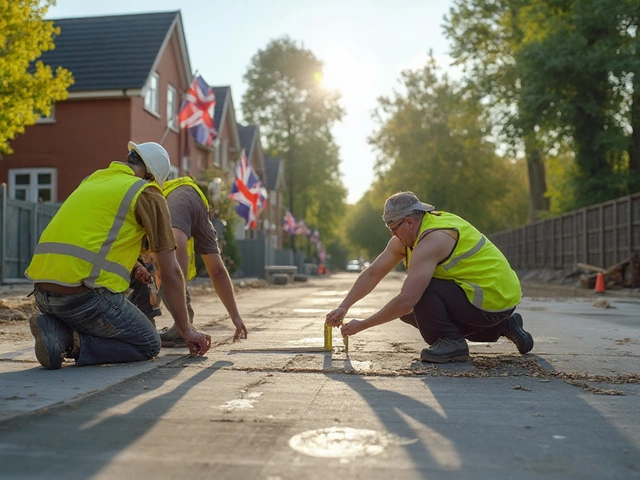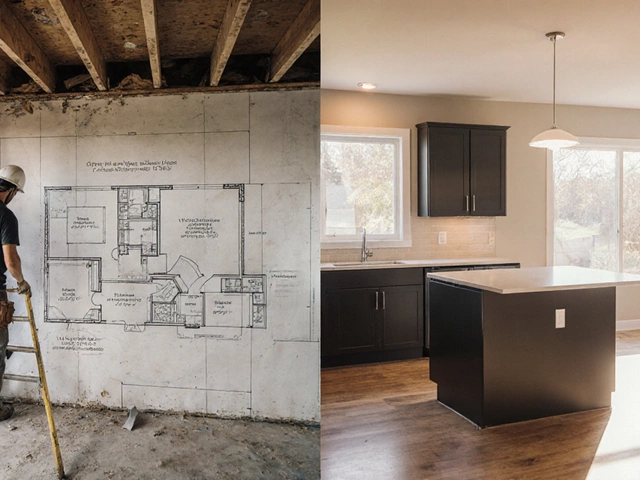Sagging Floors: What’s Happening and How to Fix It
If you’ve noticed a dip or wobble in your floor, you’re not alone. A sagging floor can feel unsettling, but most of the time the problem isn’t a mystery. It usually comes down to a handful of common issues that you can spot with a few simple checks. Understanding the cause helps you decide whether a quick DIY fix will do or if you need a pro to step in.
Why Floors Start to Sag
First, look at the soil beneath your house. Moisture changes in the ground can make soil shrink or swell, which pushes the foundation up or down. When the foundation shifts, the joists attached to it can lose their even support, and the floor begins to dip. Another frequent culprit is rot or damage to the joists themselves. Wooden joists exposed to leaks or high humidity may weaken over time, causing the floor to sag in the affected area. In older homes, settling is a natural part of the building’s life, but sudden or severe sagging often points to a bigger structural issue like a cracked footing or a broken support beam.
Even if the structure is solid, the floor covering can contribute to the problem. Heavy tile, thick carpet padding, or a soaked underlay can add extra weight that a weakened joist can’t hold. Finally, poor installation – such as undersized joists or missing cross braces – can set the stage for sagging right from the start. Knowing which of these factors applies to your home narrows down the repair options.
Do‑It‑Yourself Checks and Quick Fixes
Start with a level. Place a long carpenter’s level across the suspected area and see if it reads high or low. If the dip is less than a quarter of an inch, you might be able to fix it without tearing up the floor. One simple trick is to add shims between the joist and the beam. Lift the floor just enough to slip a thin piece of wood or composite shim under the joist, then tighten the screws. This evens out the surface and can hold for years if the joist isn’t badly damaged.
If moisture is the root cause, fix the source first. Check gutters, downspouts, and drainage around the foundation – they should direct water at least six feet away from the house. Seal any cracks in the exterior slab with a flexible waterproof filler to stop water from getting under the floor. For rotted joists, you can replace a short section by cutting out the damaged part and inserting a new, pressure‑treated piece, secured with metal brackets.
When the sag is more than an inch, or you find cracked footings, it’s time to bring in a structural engineer or a qualified contractor. They can assess whether the foundation needs underpinning, which involves adding supports beneath the slab to stop further movement. This isn’t a DIY job, but knowing when to call for help can save you from costly damage later.
Remember, a sagging floor is often a sign that something else is off‑balance in your home. Regular inspections, proper drainage, and prompt repairs keep the whole structure stable. If you catch the issue early, a few simple steps can level your floor and keep your house safe and comfortable for years to come.
Are Sagging Floors Covered by Insurance? Straight Talk for Homeowners

Wondering if your insurance will pay for fixing sagging floors? This article breaks down what you need to know about insurance coverage for foundation issues, including how insurers see sagging floors, what causes them, and what policy loopholes to watch out for. Learn what steps help you get a claim approved, and explore honest tips for protecting your home and your wallet. Real talk, no fluff—just useful advice every homeowner should hear.
read more



